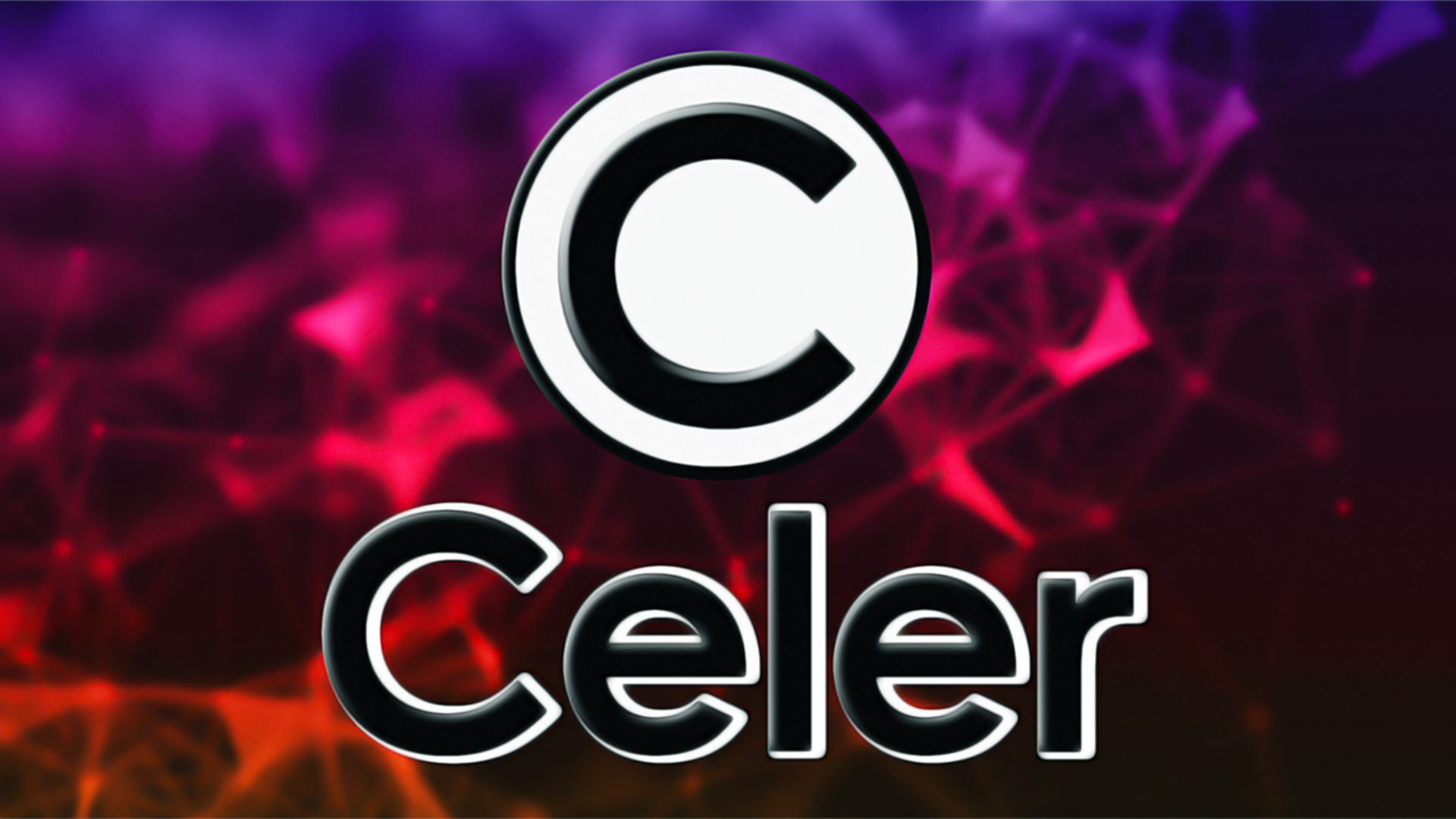
What Is Cerel Network? Another Episode In The Blockchain Serial
- Celer is an off-chain scalability solution for public blockchains like Bitcoin, Ethereum and Polkadot.
- It is built on the underlying technologies of side-chains and GSCN.
- CELR is the token, native to the network.
The 56kbps internet of the 90s cannot support the streaming of a 4k video now, which requires roughly 20Mbps. Similarly the limited scalability of blockchains, prevents their mass adoption. Any transaction on the network has to be validated by the majority of nodes on the network to reach a consensus. Bitcoin is bordering on 10 minutes for transaction confirmation which limits the number of transactions to just 7 TPS.
In recent years, developers have come up with off-chain solutions for public networks like Bitcoin and Ethereum. Herein, the parties involved in the transaction execute smart contracts locally between them instead of broadcasting on the main chain, taking off some load. Off chain solutions is the inflection point for blockchains.
What is Celer Network?
Celer is an off-chain network, which means it is running atop an existing main chain or on future chains. The layer-2 scalable platform allows the deployment of dAPPs, enabling interoperability in the ecosystem. Celer network provides a secure and scalable platform for the execution of smart contracts which shifts some load from the main chain onto this off-chain. Through its features it promises to provide internet level scalability and processing millions of transactions per second. Celer Network is made up of two core technologies, Side Chain and GSCN. To understand them better, here’s a detailed analysis:
Side Chains
These are independent chains that run along the mainnet chain, with a two-way bridge connecting both of them. They enable easy flow of tokens and other digital assets. Each chain has its own consensus, security model, protocol and tokens. They help in executing transactions, payments, and dApps deployment. Thus, they take off some computational load from the main chain.
Generalise State Channel Network (GSCN)
Payment channels were designed with the objectives of keeping maximum transactions off-chain. State channels are a step ahead, as they enable the execution of complex smart contracts off-chain. Two parties who have established a state channel between them can carry out a smart contract without registering it on the main chain. If any conflict arises, then the doubtful party can register his channel to the main chain and let the mainchain execute the smart contract in a fair way.
Image-1 shows the cStack i.e. the technology stack adopted by the Celer network which is a layered architecture consisting; cChannel, cRoute and cOS in bottom up order.
cChannel
This is the bottom layer of the network which is in direct contact with the main chain. It uses the famous side chain and GSCN techniques. This channel allows the execution of a program between mutually distrustful parties whose security and finality is guaranteed by the on-chain contracts. The Celer network through this channel can support complex dAPPs made for gaming, insurance, online auctions or DEX.
cRoute
It is the payment routing module for the Celer network. It works on the Distributed Balance Routing (DBR) instead of the traditional shortest path routing used by most networks, which works fine for on-chains but leads to low throughputs, delays and outages in off-chains. By adopting cRoute, the network promises a 20x higher channel utilization ratio and 15x higher throughput. The fully decentralized algorithm lowers the messaging cost between nodes. The routing module is highly potent against failures and increases user privacy as it can be easily integrated with onion routing.
cOS
Building off-chain dAPPs is difficult compared to on-chain dAPPs, which are just a front end connecting the blockchain. cOS is the development framework by Celer, which enables everyone to operate, interact and develop dAPPs. The programmer is left with just the developing part, with Celer undertaking the complexities of off-chain. Celer has launched several products which enable the functioning of its protocol.
cBridge
It allows the transfer of 130+ tokens, across 30+ blockchains and has processed over $10B in transaction volume.
Celer IM
The Celer Inter-Chain Messaging Framework, supports message passing and smart contract calls across different blockchains. The dAPPs which are enabled from CIM enjoy a multi-blockchain ecosystem with a single transaction UX.
Layer-2 Finance
Launched to tackle the two primary obstacles faced by DeFi, the distress in navigating and use and high transaction fees.
Celer Tokenomics: Brief Overview
CELR is the native token used by the network for governance, staking and rewarding the network validators.
Image2 shows the total supply of CELR token which is limited to 10 Billion And the current supply of roughly 7.6 Billion.
Image3,4 shows the token allocation to the different parties.
Final Thoughts
Celer has launched its mobile app CelerX which can be used to send and receive payments and play interactive blockchain games. The network is decentralized, secure and horizontally scalable. Through its technology and economics architecture, Celer aims to provide internet-level scalability to the present and future blockchains.
